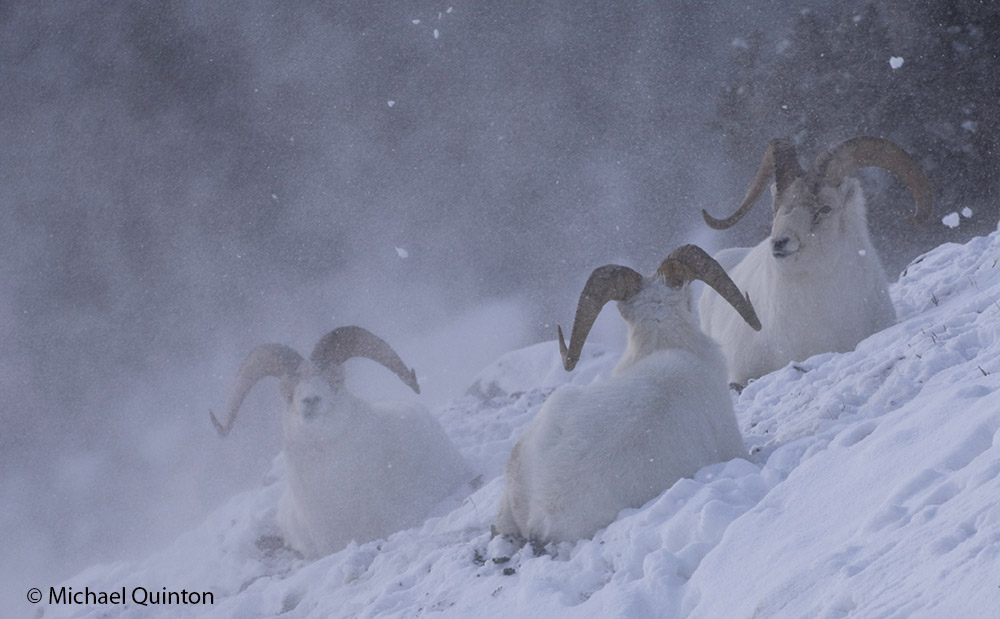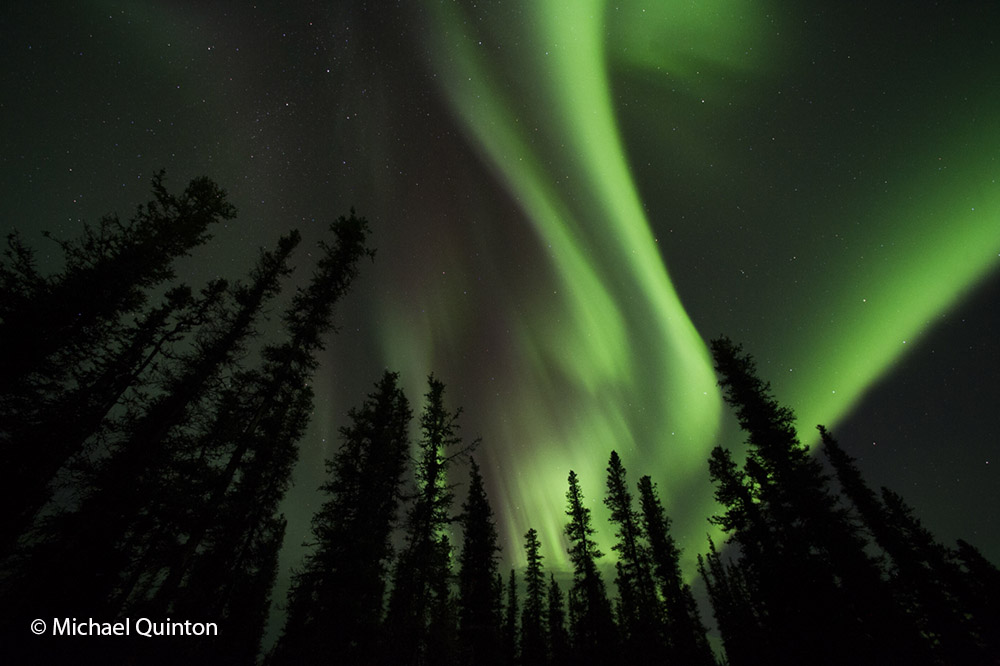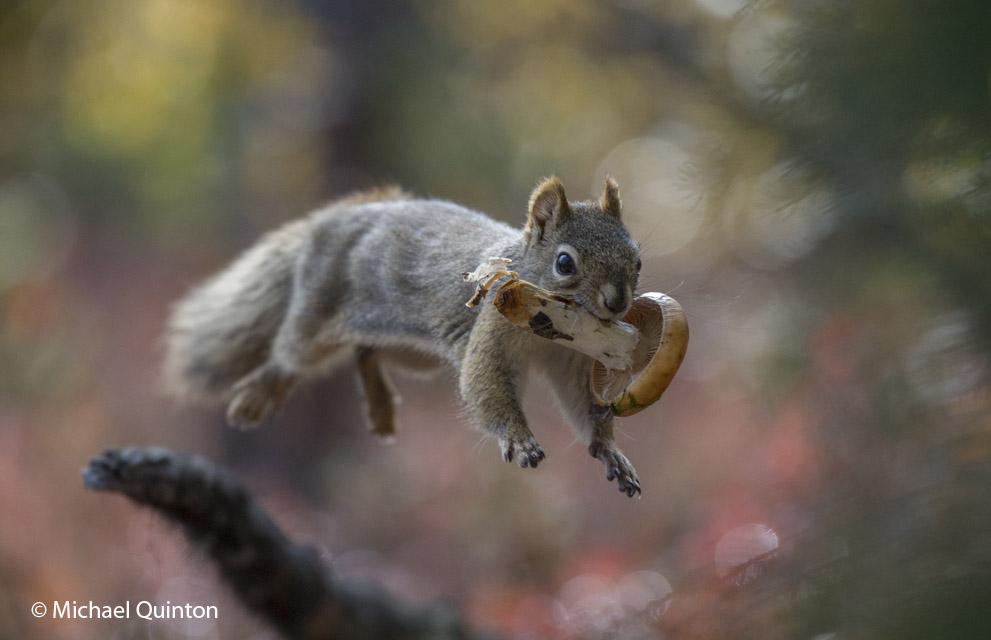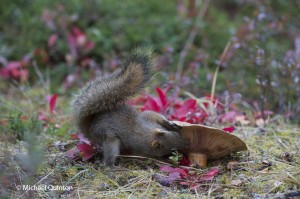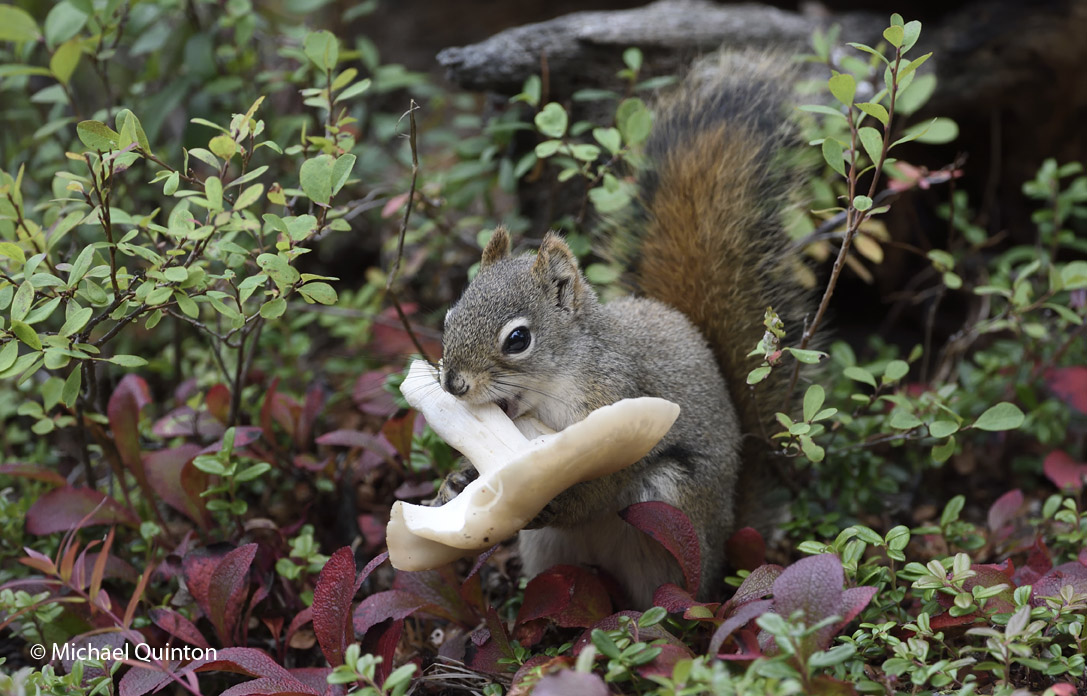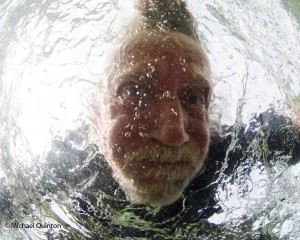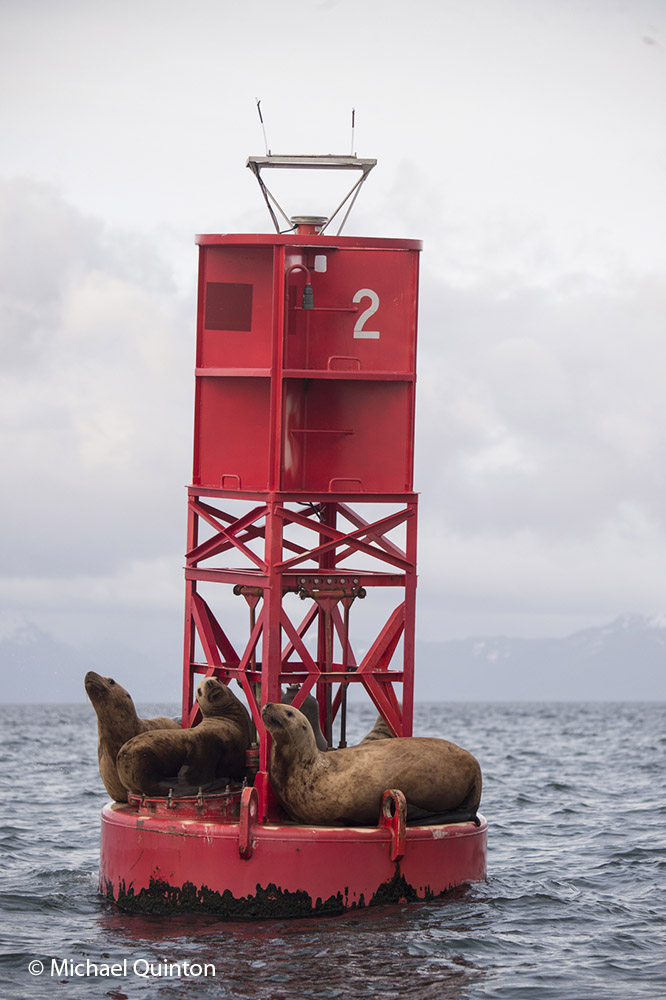 Stellar’s sea lions rest on a buoy marking the most remote edge of the Copper River Delta.
Stellar’s sea lions rest on a buoy marking the most remote edge of the Copper River Delta.
Stellar’s sea lions love to hang out on buoys. Safe from rare but ever-present packs of killer whales, the same sea lions that are so timid and quick to disappear when approached by our boat, feel no desire to leave the buoy.
 As they are rocked to sleep, the constant clanging of the bell must be something of a lullaby.
As they are rocked to sleep, the constant clanging of the bell must be something of a lullaby.

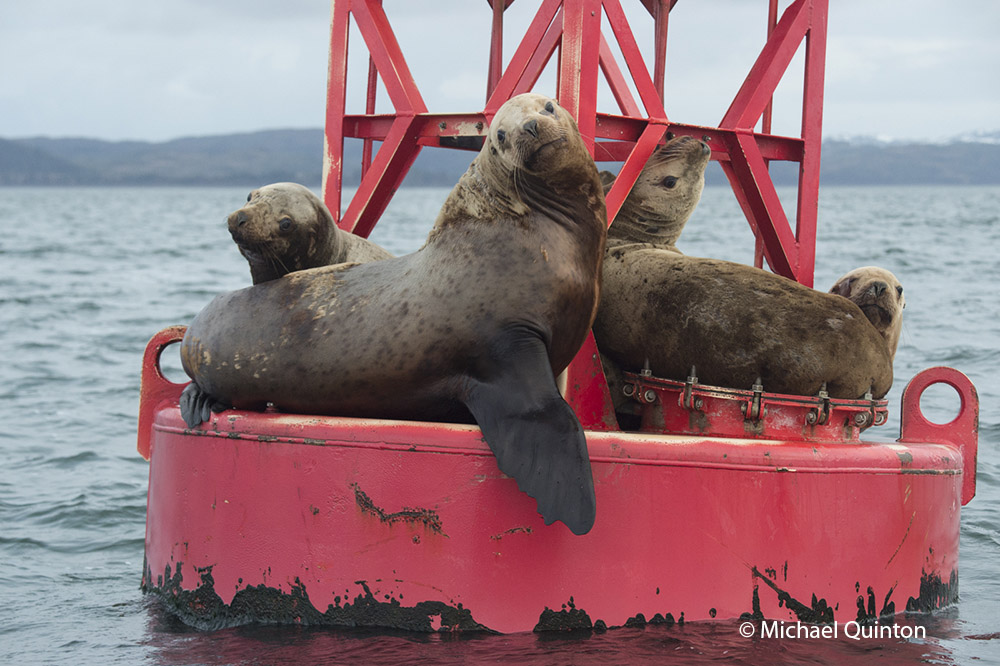
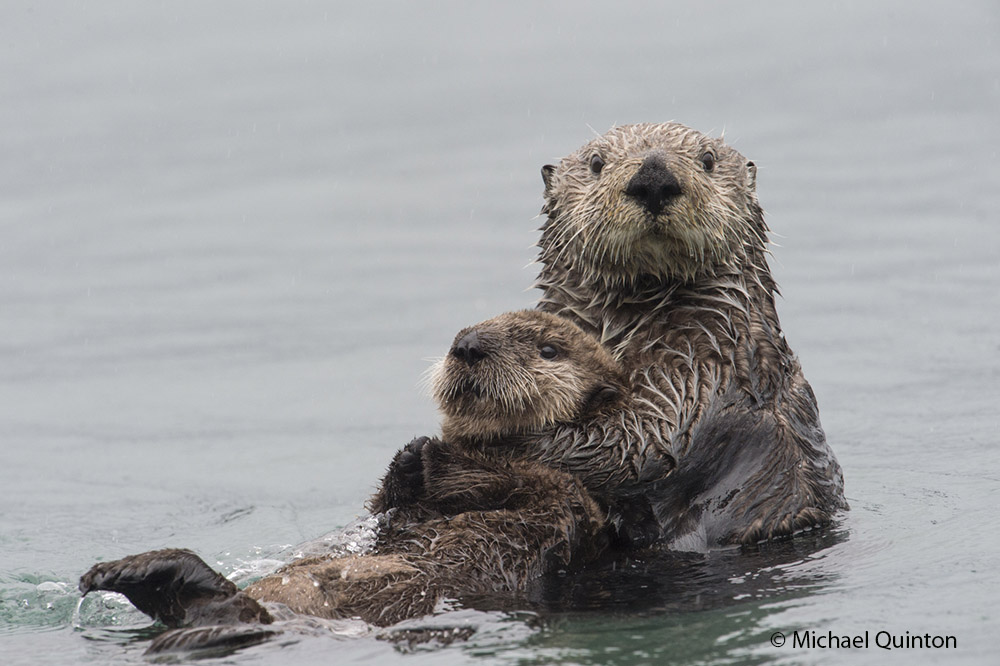

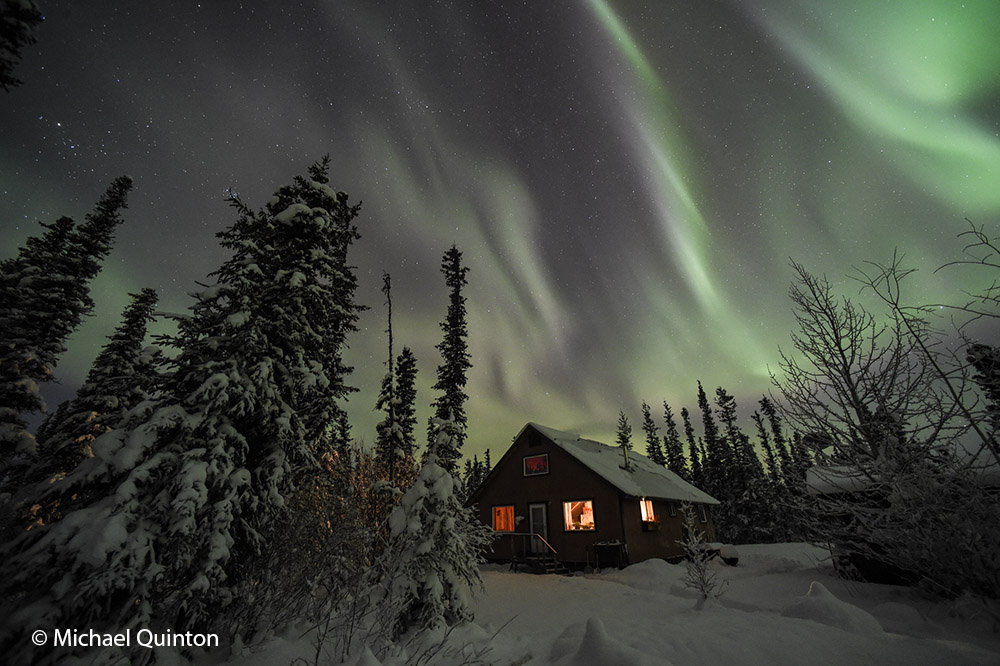 Our home in the wilderness.
Our home in the wilderness.